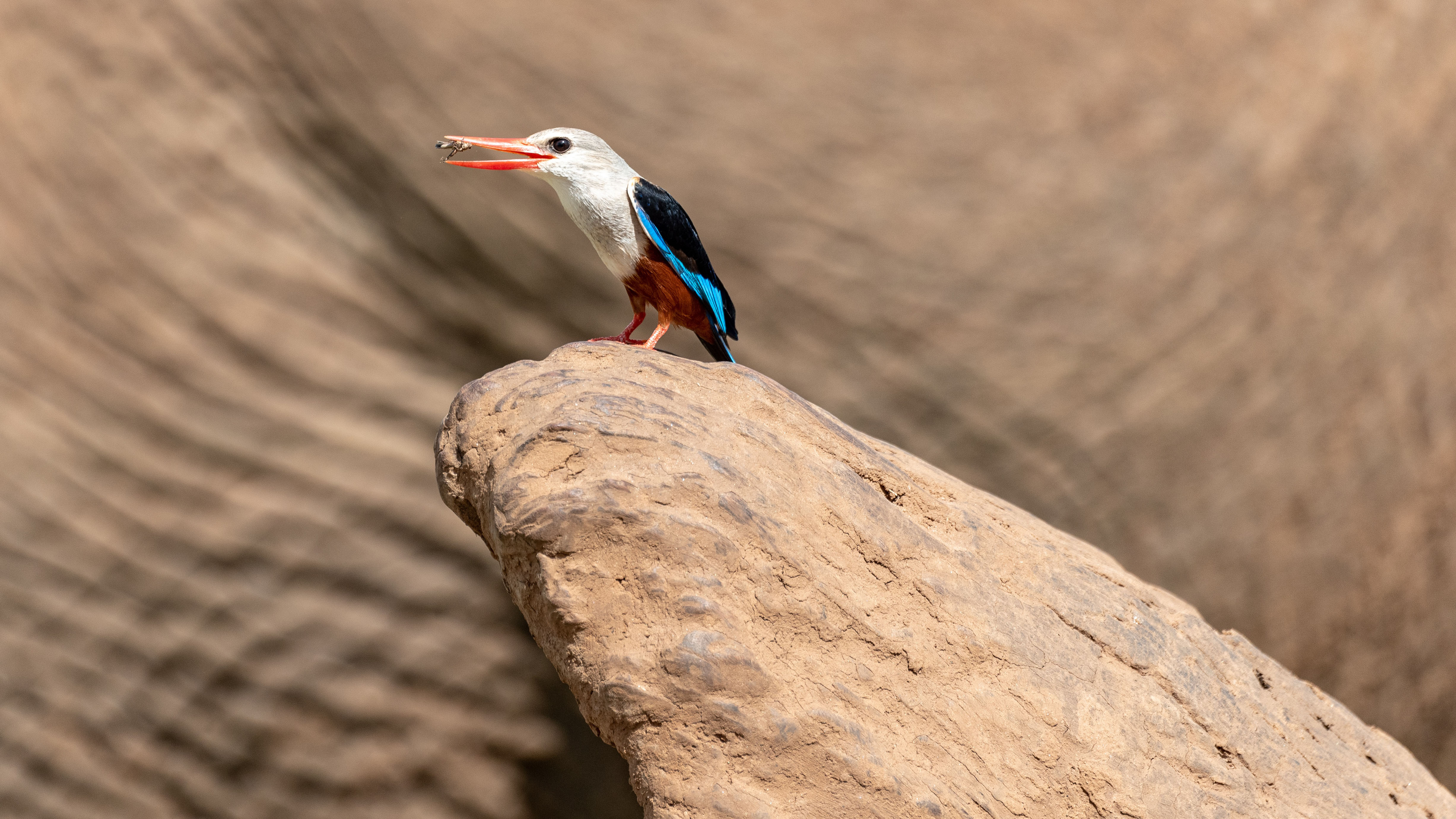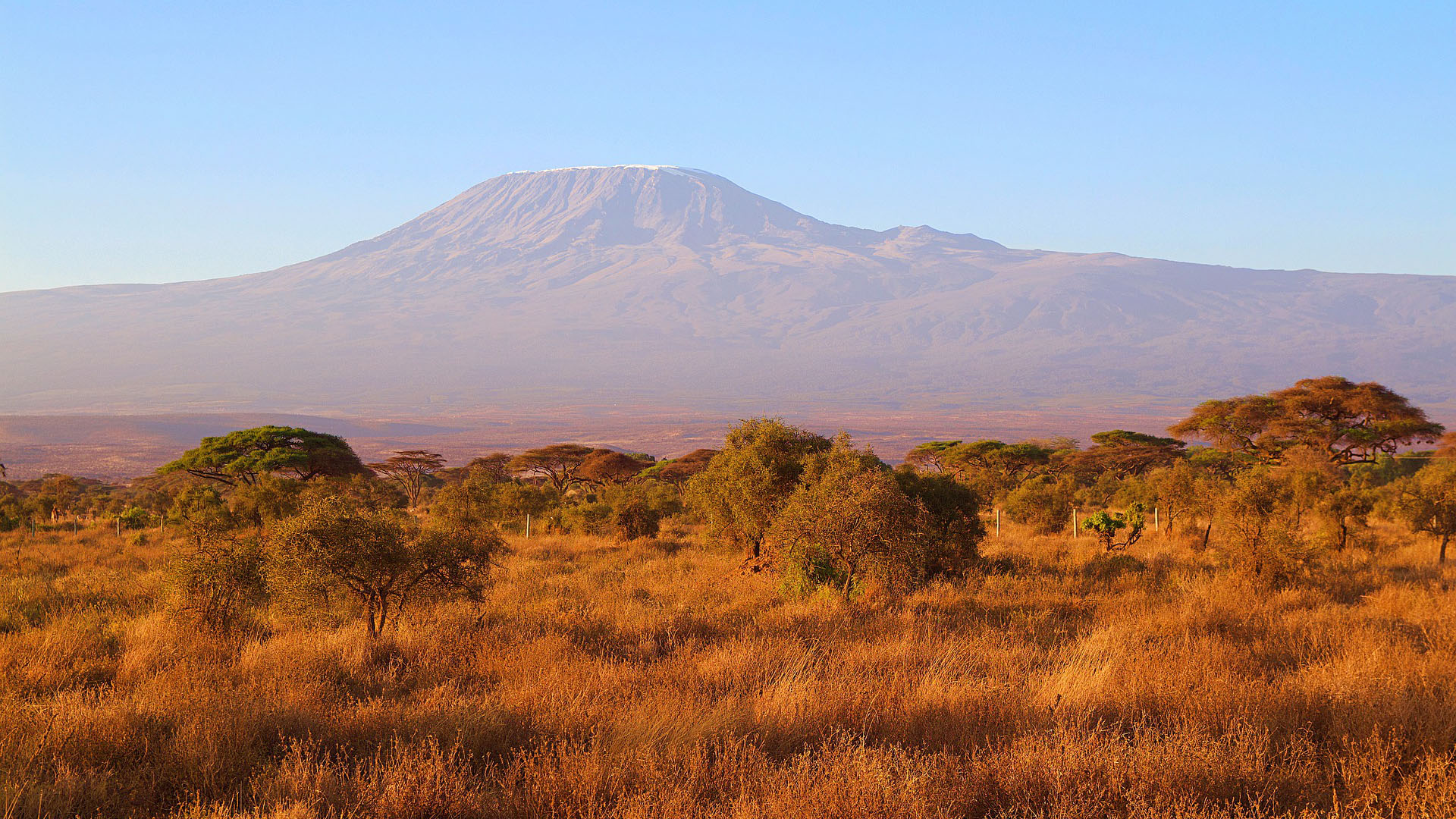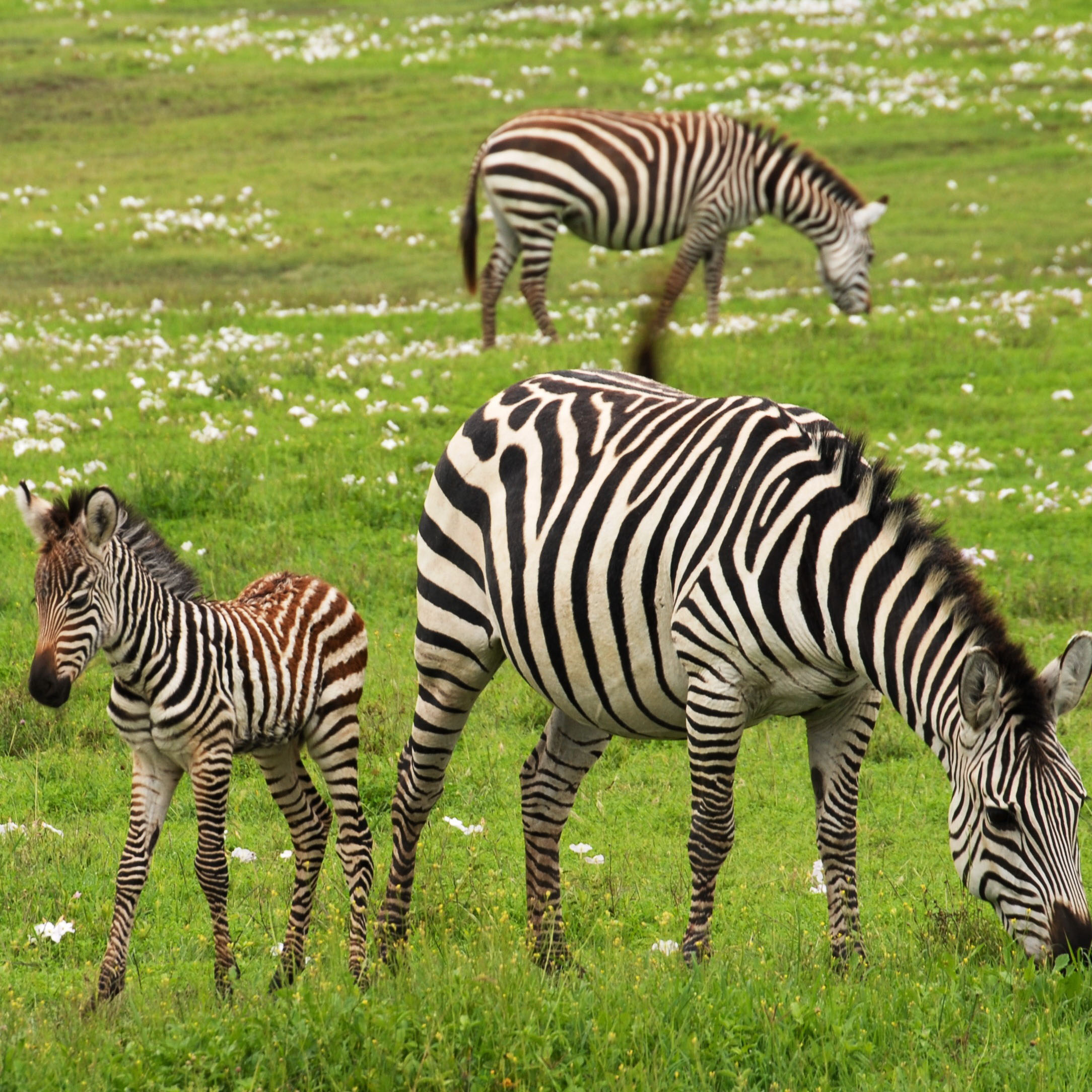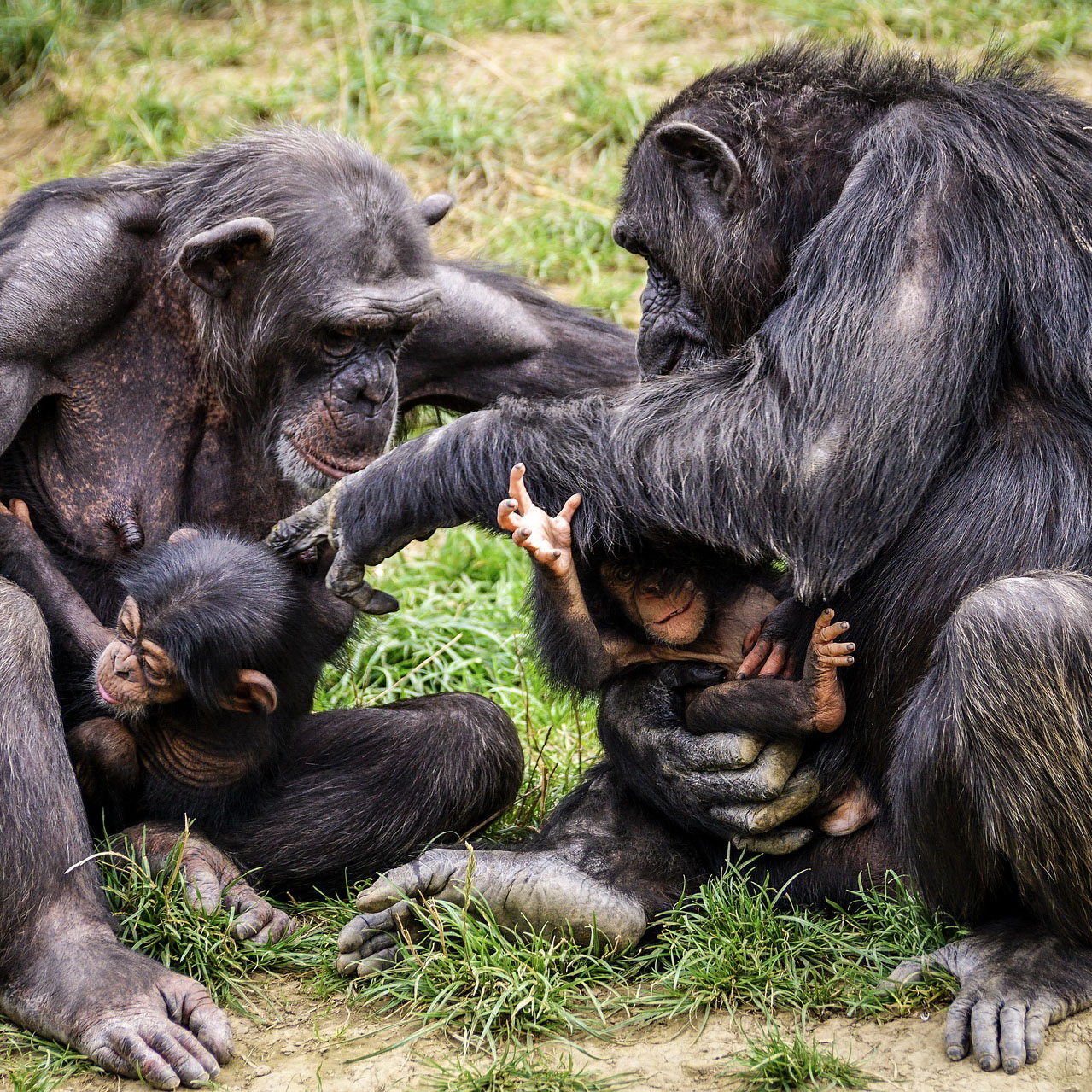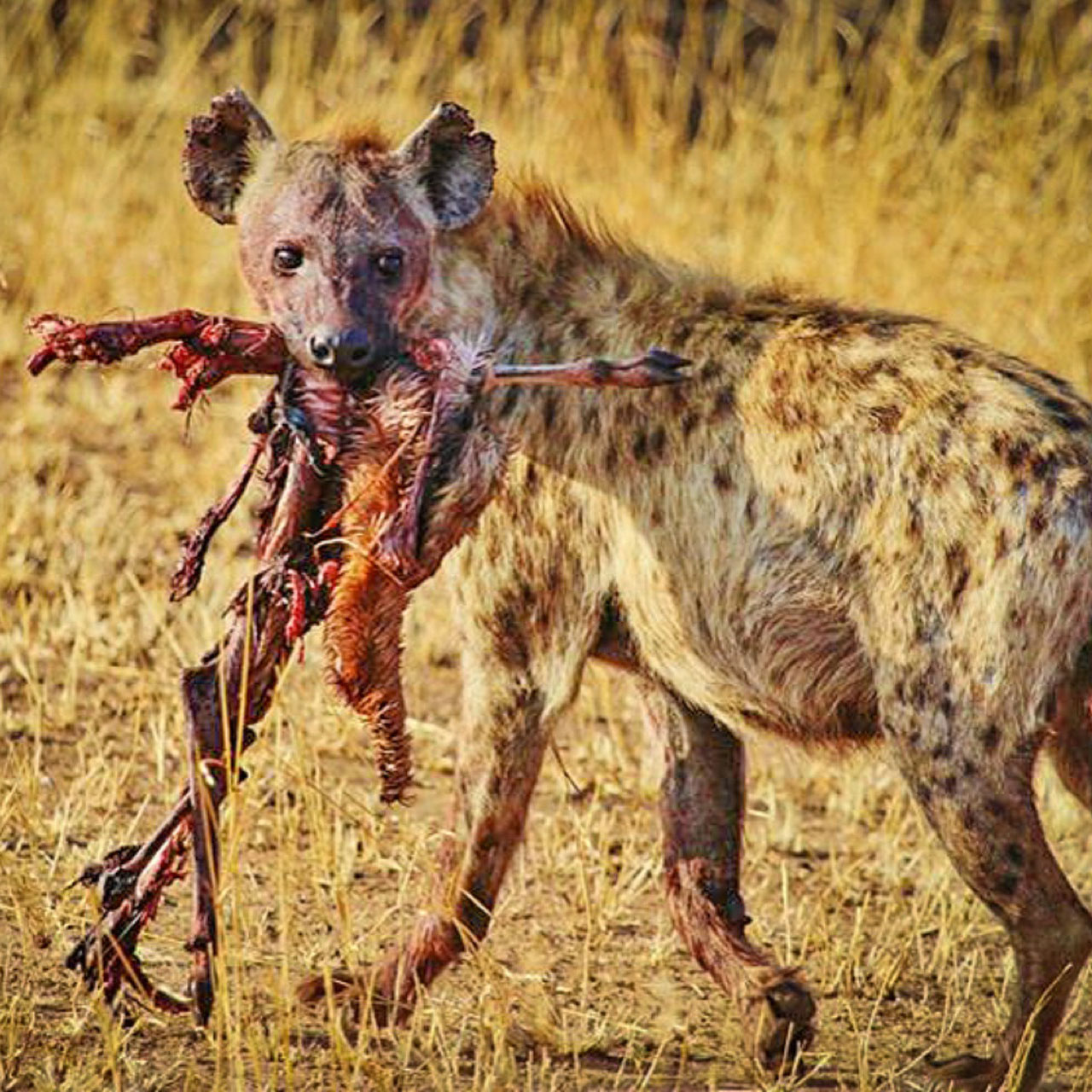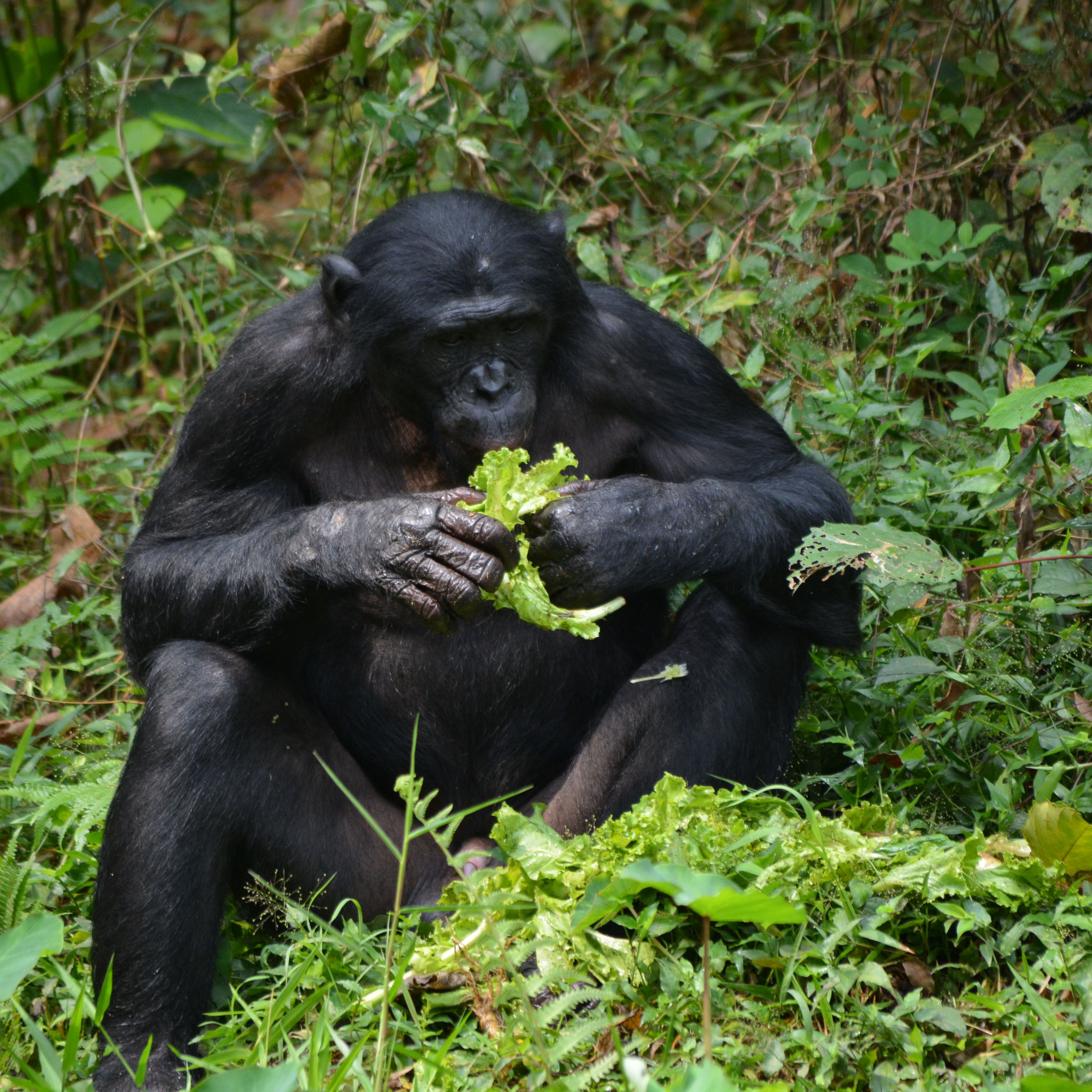Ruwenzori Mountains
Ruwenzori Mountains
The Rwenzoris, or the Mountains of the Moon, so named by the Hellenic astronomer Ptolemy, have a legendary beauty. They were explored and mapped out by Henry Morton Stanley, Emin Pasha and Prince Luigi Amedeo di Savoia. At the centre of the range are six An intimidating starepeaks capped with ice and snow and three glaciers. The mountains - about 75 miles long - were forced up during the creation of the Great Rift Valley. The highest peak of Mount Stanley is Margherita, which rises to 16,762 feet, the third highest in Africa after Mount Kilimanjaro and Mount Kenya.
The heavy rain makes the mountain flora luxuriant, growing to absurd proportions, with giant lobelia and groundsel shooting up to 33 feet. The wild flowers - blackberry, cuckoo flower and everlasting flower - are enchanting. Rwenzori touraco, handsome francolin and olive pigeon can be seen. Above the forest zone, watch for the alpine swift and the scarlet-tufted malachite sunbird. A hike through the lower reaches of the central Rwenzori needs about six days; ascent of the peaks is a technical climb and takes a further two days and requires climbers to be physically fit and equipped with ropes, crampons and appropriate mountaineering equipment (see Travel Notes for details). The best time to climb the mountain is from June through to August and from December to February. Climbing is organized by Rwenzori Mountaineering Services and includes 1 guide and 2 porters per person, meals, accommodation and entrance fees. A minimum number of 4 climbers on the peaks is advised - 2 climbers and 2 guides.
Gorilla Viewing: Main Rules:
• total silence
• no smoking
• no eating
• no pointing or staring directly at the gorilla
• do not stand above the guides height, if he kneels so do you & follow the guides actions at all times
• Move slowly and be calm at all times
• If the 'Silverback' charges DO NOT RUN AND KEEP BEHIND THE GUIDES AT ALL TIMES
• No children under 15 years
The trek to find gorillas can be quite short, but on most days an hour or two of rough hiking each way is necessary.
Damage to the bamboo trees is an obvious sign as the gorillas relish the young tender shoots and break older stems to suck the sap.
The smell of gorilla may waft by in the stray breeze or, if one is really near, it is strong and unmistakable Sounds, which can be remarkably loud crashes or dull reverberating thuds.
Clothing and other information, long-sleeved shirt, strong waterproof walking boots, sturdy trousers, sunglasses, sun screen, sun hat, breathable lightweight rain poncho/parka & rain hat, small backpack to carry water, warm clothes including a fleece or light wool sweater, moisture proof undergarments, lightweight wool socks, gloves recommended to those with sensitive skin or allergy to nettles, Fitness Level: Standard trek is a strenuous hike of between1-4 hours each way, (2-3 hours more usual) tracking in thick forest at heights up to 3,000m traversing steep-sided mountains and ravines can be tough, arduous and wet. Visitors must be fit, in good health and properly equipped.
Health: Anti malaria tablets are essential & visitors should seek current medical advice before travelling; any personal medication required should be carried in hand luggage. Yellow Fever vaccination Warning: gorillas are susceptible to most human diseases and if you are knowingly carrying a contagious disease (especially flu) DO NOT attempt to trek.
Permits: Gorilla Permits are non-refundable except for medical reasons and a medical certificate has to be provided. Gorilla viewing can be denied at short notice because of national park or border closures, security changes or gorillas going out of range. In such circumstances refunds are at the discretion of the authority and are not within the company’s control. Obtaining a gorilla permit is not a guarantee of seeing a Gorilla.

